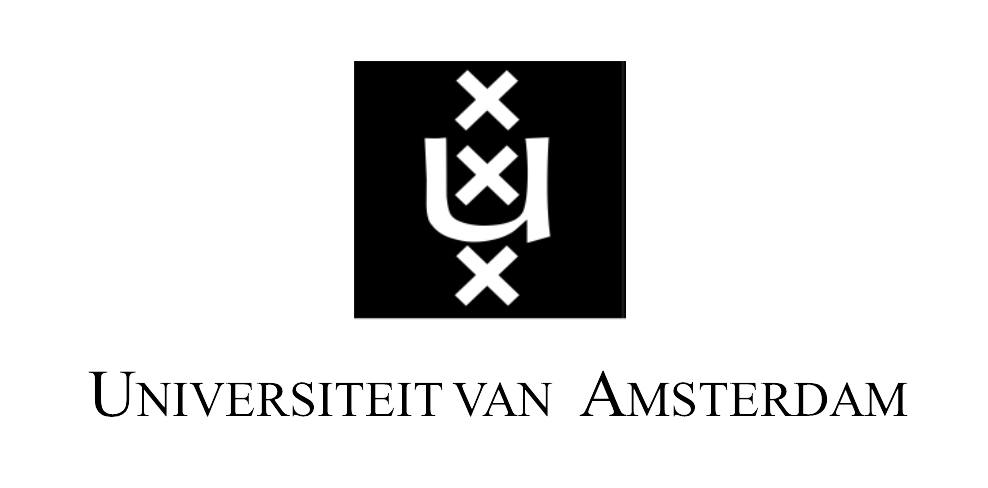



|

|

|
|
|
|
| Maartje C. de Jong | |
|
Researcher at Netherlands Institute for Neuroscience in Amsterdam, The Netherlands.
|
|

|
|
|
Welcome to my website. My research focuses on the way our brain organizes and interprets visual information to build a meaningful image of the world around us. I investigate this by measuring brain activity while participants view multi-interpretable visual images, optical illusions or visual cues. I use magnetic resonance imaging (fMRI), intracranial electro-encephalography (ECoG) and scalp electro-encephalography (EEG). My research interests include visual ambiguity, binocular rivalry, perceptual learning and face perception. |
|
|
We are looking for MSc interns! Drop me an email if you are interested. Here is a description of possible research topics. |
|

|
Interview in Algemeen Dagblad about my publication in Dutch Journal of Medicine (NTvG) [interview |
|

|
VENI 2021 grant awarded by the Dutch Research Council [info in |
|

|
V-VSS 2020 video summarizing our recent publication in Current Biology [video] [PDF] |
|

|
Interview in national newspaper 'Trouw', section 'Life lessions'. [read |
|

|
Amsterdam Brain and Cognition (ABC) Talent grant awarded in 2019 [info] |
|

|
Winner of 'Dance Your PhD'-Contest, category Biology, Science magazine AAAS [video] |
|

|
Interview Hersenletsel Magazine (in Dutch) [link] |
|

|
Interview about my PhD research by NEMO kennislink (in Dutch) [link] |
|
Like a camera your eyes register light that is reflected from the things you look at, such as the text you are reading right now. Yet, your eyes do not make you 'see'. To consciously experience what you are looking at you need your brain to make sense of the incoming information. Like putting together the pieces of a puzzle, your brain reconstructs reality and builds a mental image that represents the outside world in a meaningful way. My ultimate goal is to understand how this happens.
I focus on vision, because vision is our dominant sense and most of our communication involves a visual component. One of the major obstacles in the study of visual experiences is the one-on-one relation between experience and visual input. Using optical illusions and ambiguous images is a way to tackle this problem and dissociate brain activity related to the experience from brain activity related to the visual input. |
||


|
||
|
Modern technology provides us with several techniques to measure brain activity in awake humans and investigate the transition from input to experience that occurs in the brain. By combining the unique information that different recording techniques provide we can get the best possible view of the calculations that take place in our brain. For example, with functional magnetic resonance imaging (fMRI) magnetic properties of brain tissue are measured using very strong magnets and with scalp electro-encephalography (EEG) electrical signals caused by neurons in the brain are measured from electrodes placed on the scalp. I also use intracranial electro-corticography (ECoG), which are recordings of electrical signals measured from electrodes that are implanted inside the head, directly on or in the human brain. |
||
| * | ||


|
||
|
Currently, I am based at the Spinoza Centre for Neuroimaging in Amsterdam, The Netherlands. I recently obtained an Amsterdam Brain and Cognition Centre (ABC) Talent grant to set up a collaborative project between the Spinoza Centre for Neuroimaging, the University of Amsterdam (UvA) and the Amsterdam University Medical Centre (AMC, [more info] ). |
||
| * Images: EEG (www.biosemi.com), ECoG (UMC Utrecht) and fMRI (Wandell et al. 2009, In: Encycl. Neurosci. 10:251-257, Oxford: Ac. Press) | ||